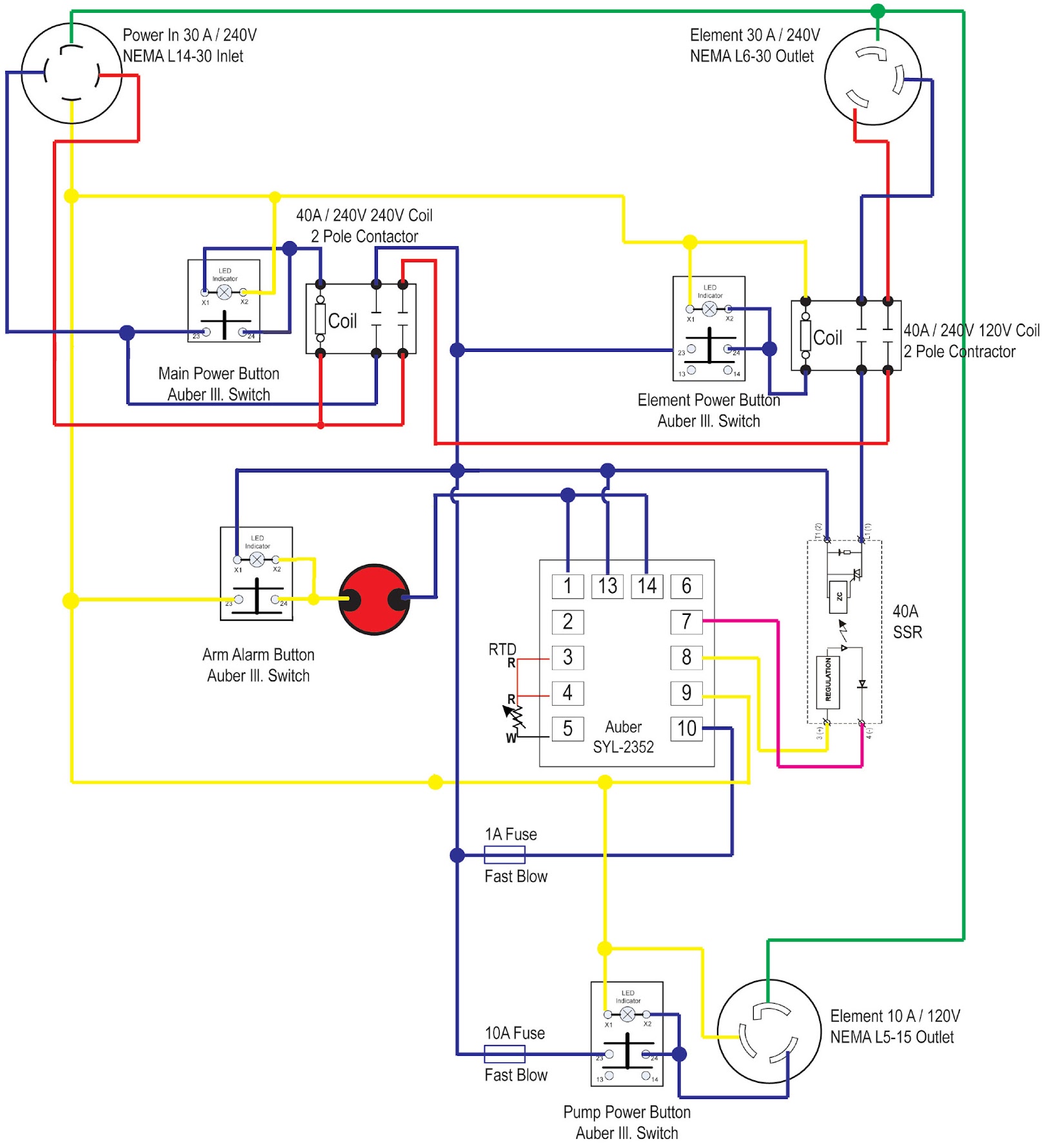So I just realized I ordered the SW11 (1 NO 1 NC) switches instead of the SW1 (2 NO) from auberins and PJ uses the SW1 in his diagrams.
I tried looking up what the difference is and have a hard time understanding. I'm guessing I have to try and exchange these or can I use the 1NO 1NC that I have?
I'm doing this build here: https://www.homebrewtalk.com/f170/yet-another-ebiab-build-282235/
I tried looking up what the difference is and have a hard time understanding. I'm guessing I have to try and exchange these or can I use the 1NO 1NC that I have?
I'm doing this build here: https://www.homebrewtalk.com/f170/yet-another-ebiab-build-282235/






